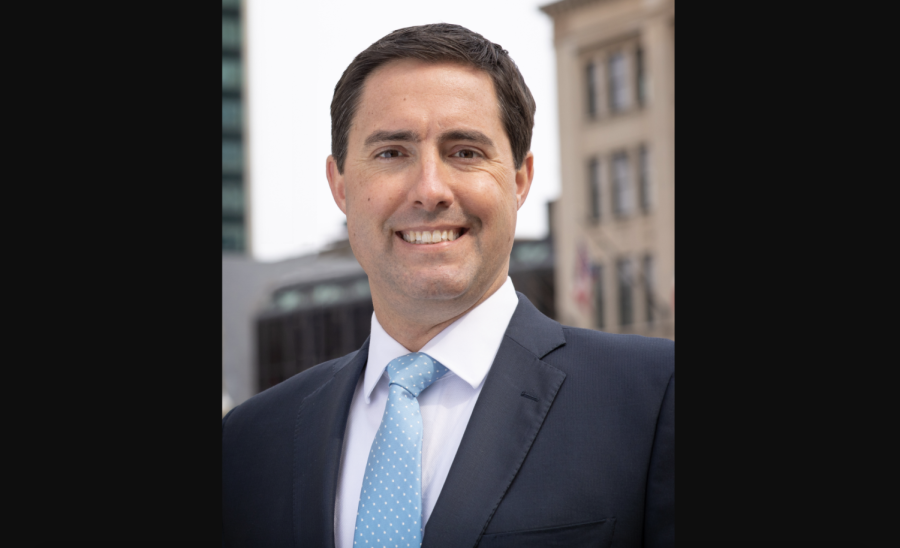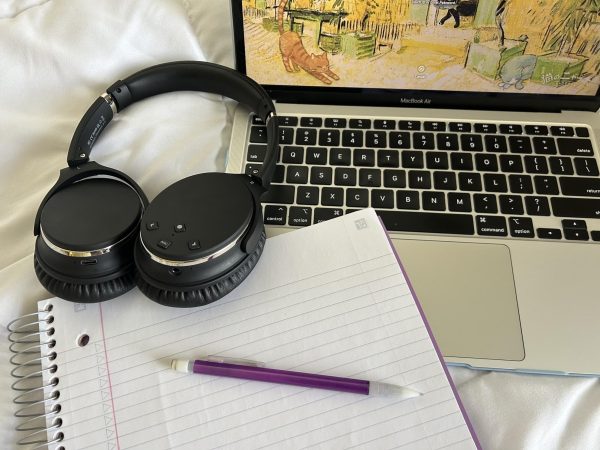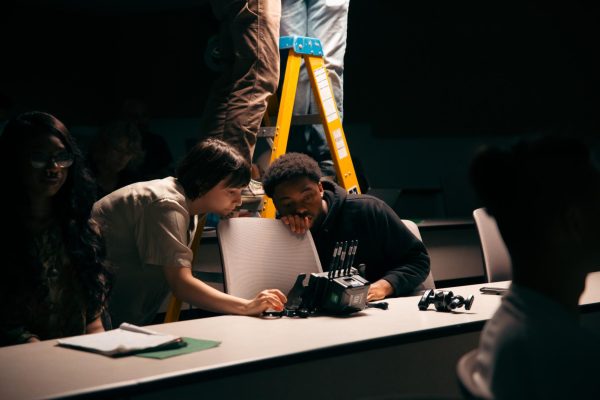Ohio Secretary of State meets with members of USG to discuss election voting
Ohio Secretary of State Frank LaRose emphasized the importance of holding fair and safe elections Friday afternoon with members of Undergraduate Student Government (USG).
October 13, 2020
Ohio Secretary of State Frank LaRose emphasized the importance of holding fair and safe elections Friday afternoon with members of Undergraduate Student Government (USG).
Director of Governmental Affairs Ethan Lower facilitated the meeting, and addressed concerns to LaRose regarding student voting rights, the impact of racism on the election and the impact of COVID-19 on the election.
As the state’s chief elections officer, LaRose said his office is working hard to hold the postal service accountable, as the pandemic has resulted in an increase of absentee ballots. Early voting began Oct. 6 in the state and will continue for four weeks leading up to election day on Nov. 9.
LaRose said according to Title 35 of Ohio election laws, voters have three options to return their absentee ballots: they can mail their ballot to their local county board of elections, they can personally deliver their ballot to their local board of elections office or they can have a family member deliver their ballot to their local board of elections.
In preparation for in-person voting, LaRose has been holding weekly public meetings with the Ready for November Task Force via Zoom and the Ohio Channel to strategize safe ways voters can cast their ballots during the pandemic. LaRose said he and his team have been in consultation with health experts, election leaders from other states and even representatives with the Cedar Point amusement park to assist in line management.
When voters arrive at in-person voting locations, they will be advised to stand six feet apart. LaRose said while these locations may draw large crowds of people, time markers will be posted for voters to see the approximate wait time to cast a vote.
Early this month, LaRose’s office ordered county boards of election to limit the amount of ballot drop boxes available to voters. U.S. Federal District Judge Dan Polster blocked the order, citing the order places a burden on large counties. LaRose said the issue surrounding the drop boxes should have been discussed prior to the start of early voting.
“The time for making changes has passed,” LaRose said. “That would have been a great thing to do in the state legislature six months ago, (as) some of these same folks that have filed that lawsuit should have been working with me and the legislature to get that change made. … These are decisions that should have been made at the State House, not the courthouse. You don’t want to make changes months before voting begins, because what that does is (that it) causes uncertainty and chaos.”
LaRose said over 50,000 poll workers have volunteered to assist in the voting process this November. This exceeds the approximate 37,000 poll workers needed to work an election under normal circumstances, as LaRose wanted to have a reserve number of poll workers who can volunteer if any worker does not show up on Election Day; LaRose said one of the top priorities for Election Day is to keep every polling location open.
LaRose said youth voters should be encouraged to work at polling locations to assist in local elections, and if young people are participating in protests, they should also exercise their right to vote. LaRose also said voter suppression is a rare occurrence, but citizens should work to keep voter suppression rare through accurate information and understanding the voting process.
On Friday, the Franklin County Board of Elections said nearly 50,000 voters in Franklin county received incorrect absentee ballots due to a packaging error, and new ballots will be resent within 72 hours.
Troy Pierson is a reporter. Contact him at [email protected].
SUPPORT STUDENT MEDIA
Hi, I’m Lauren Sasala, a senior journalism student from Toledo. I’m also the editor in chief of The Kent Stater and KentWired this semester. My staff and I are committed to bringing you the most important news about Kent State and the Kent community. We are full-time students and hard-working journalists. While we get support from the student media fee and earned revenue such as advertising, both of those continue to decline. Your generous gift of any amount will help enhance our student experience as we grow into working professionals. Please go here to donate.
























